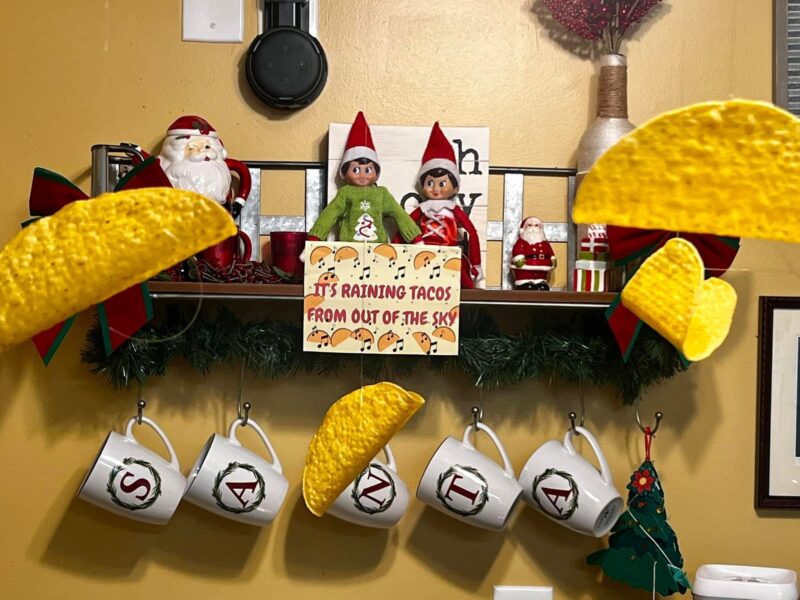Although borrowers have been hammered in recent months, savers have complained that banks are underserving them even with rising interest rates. Parents and guardians in a position to put away cash for their children’s future have a number of options to try and beat the standard saving rates, including the tax-free Junior Isa. But what are the Junior Isa limits, allowances, rules and other aspects?
This article explores the world of the Junior Isa to give you some clarity over how they work for you and your kids.

What are Junior Isas?
Junior Isas, or Jisas, help children to build a savings habit from a young age. You can hold money in a Junior Isas in cash, stocks and shares or a mix of both. Only those under 18 and living in the UK can save into a Jisa, although there are exceptions for people in the forces and diplomatic services abroad.
You must be a parent or guardian with parental responsibility to open a Junior Isa for your child. It doesn’t have to be parents who pay in. Friends, grandparents and others can too.
As with adult Isas, the accounts are a tax-efficient way to save. Although there are Junior Isa limits on the amount that you can save. Parents or guardians can open a Junior Isa and manage the account but the money belongs to the child and will be their’s when the Isa matures. The child can take control of the account when they are 16 but they cannot withdraw the funds until they are 18. At 18, it turns into an adult Isa.
Types of Junior Isa
The types of Junior Isa work like this:
- Cash Jisa – you pay in cash and the account accrues tax-free interest on that amount.
- Stocks and shares Jisa – you pay in cash and the account provider invests it, adding tax free amounts depending on the growth of the capital or dividend payments.

Junior Isa limits
You can put up to £9,000 into a Junior Isa in the current tax year, which is due to end on April 5 2023. This is not per person paying in, but per Isa.
Each child can have one cash Isa and one stocks and shares Isa, and they split the £9,000 allowance between them. If your child puts in £5,000 in their cash Jisa, they can only add £4,000 to their stocks and shares Jisa in the same tax year.
Is a Jisa worth it?
Everyone’s situation is different, but a Jisa can be worth looking into. Often the interest rates are better than regular savings accounts, and you won’t pay tax on the interest. Some people use them to minimise inheritance tax by feeding the money to the child over the years.
However, if you can and want to save more than the Junior Isa limits, you might find it restrictive. Also, the child has access to the money at 18, leaving you without any control over it. This might not work for you.







